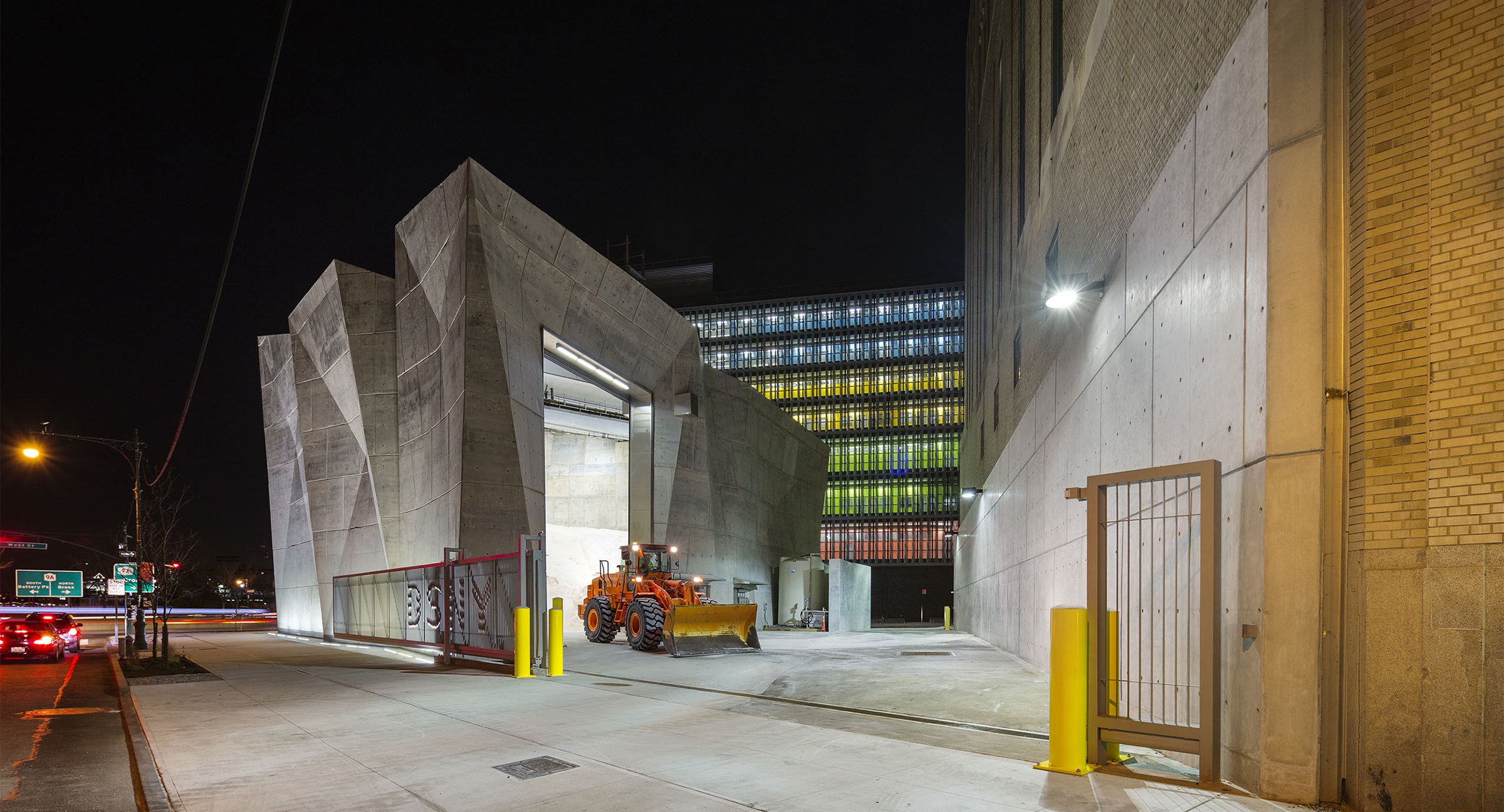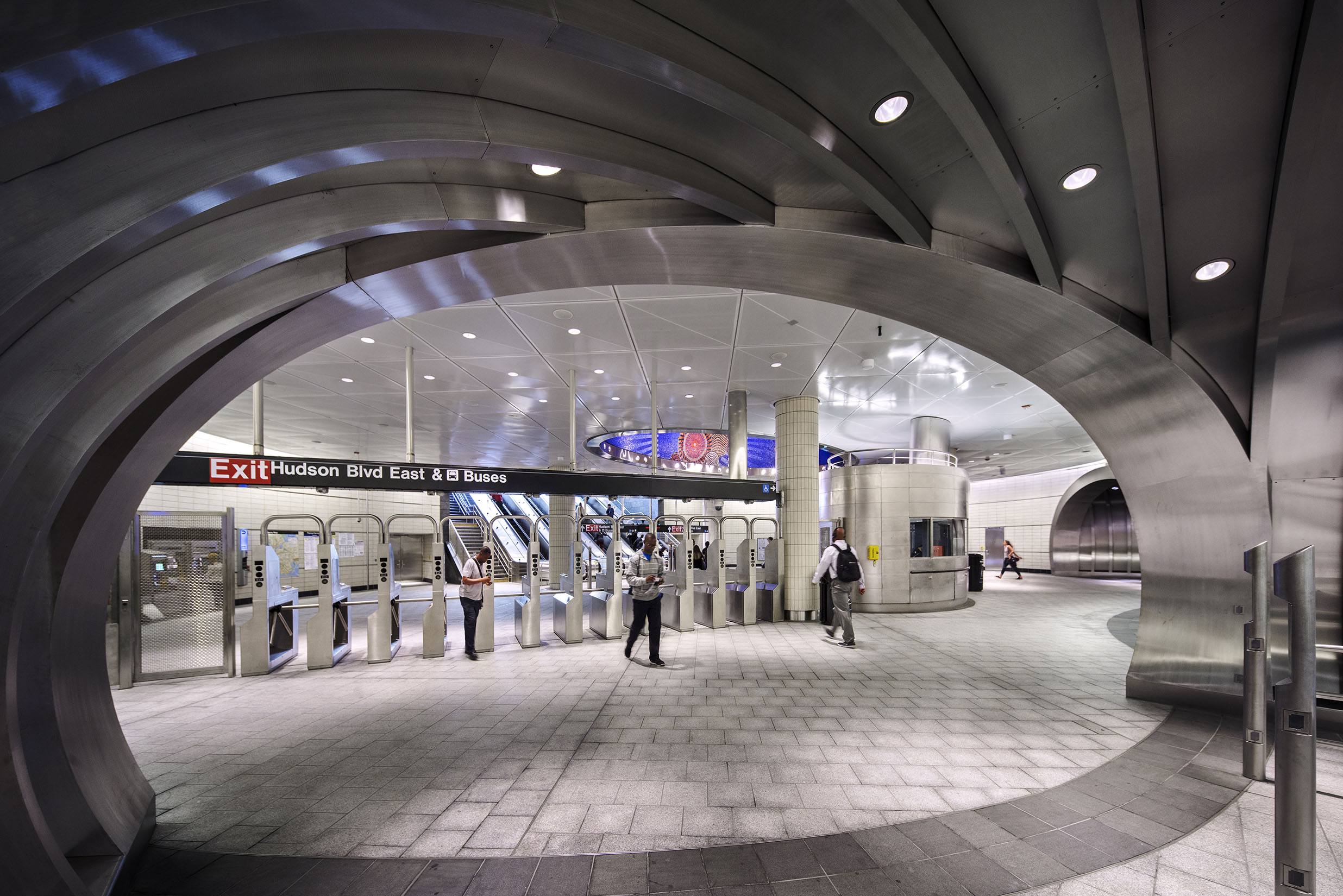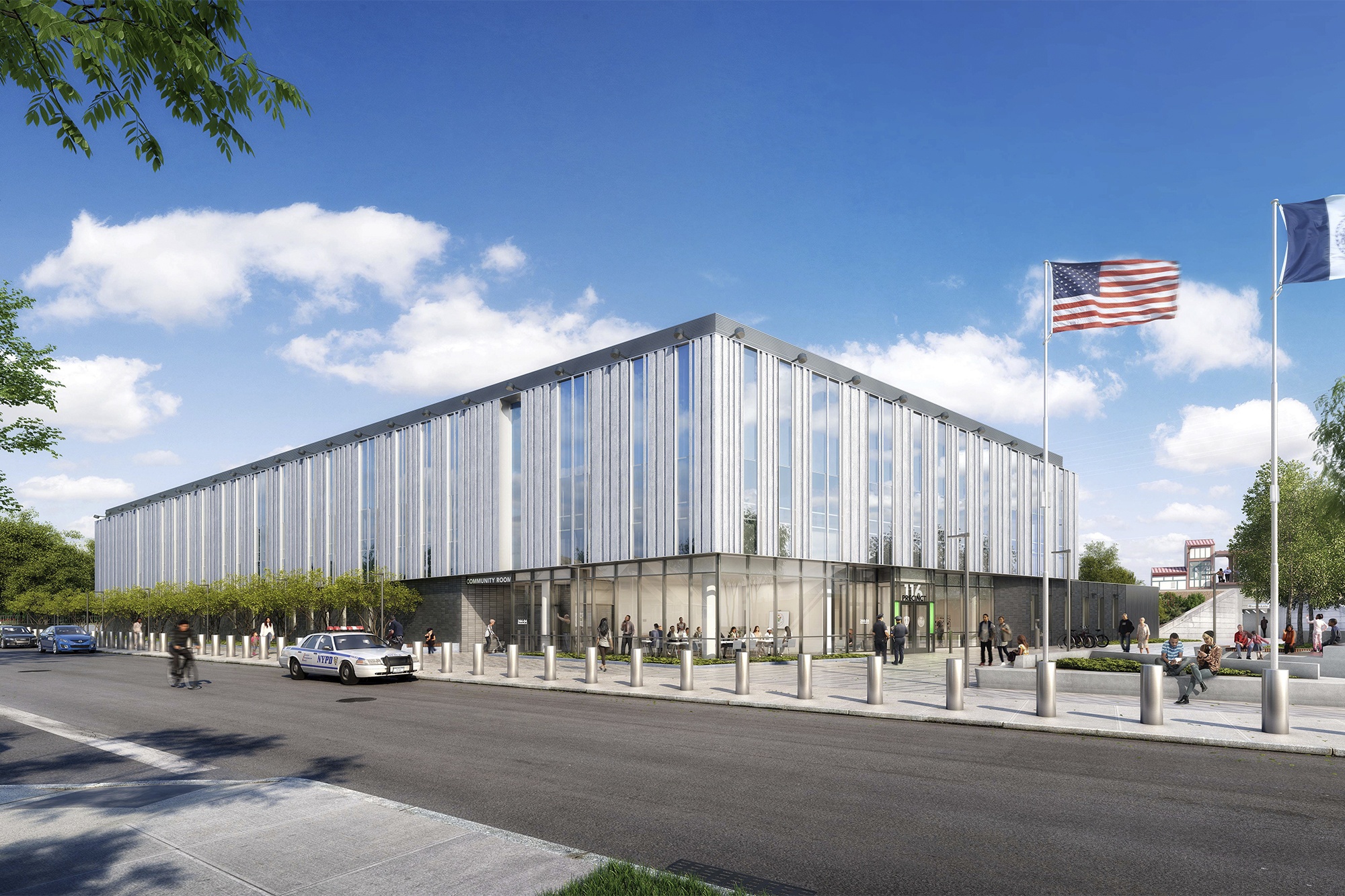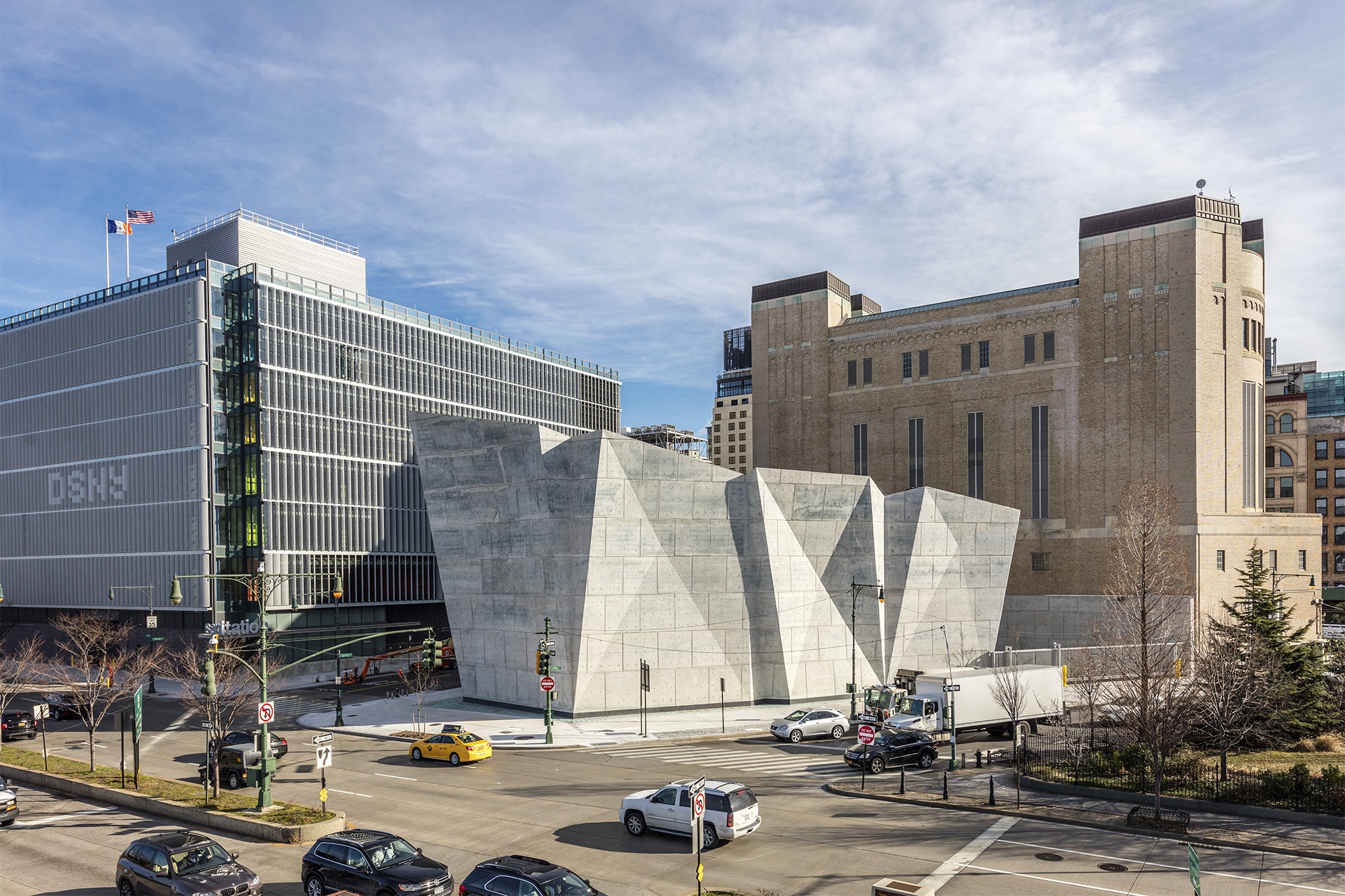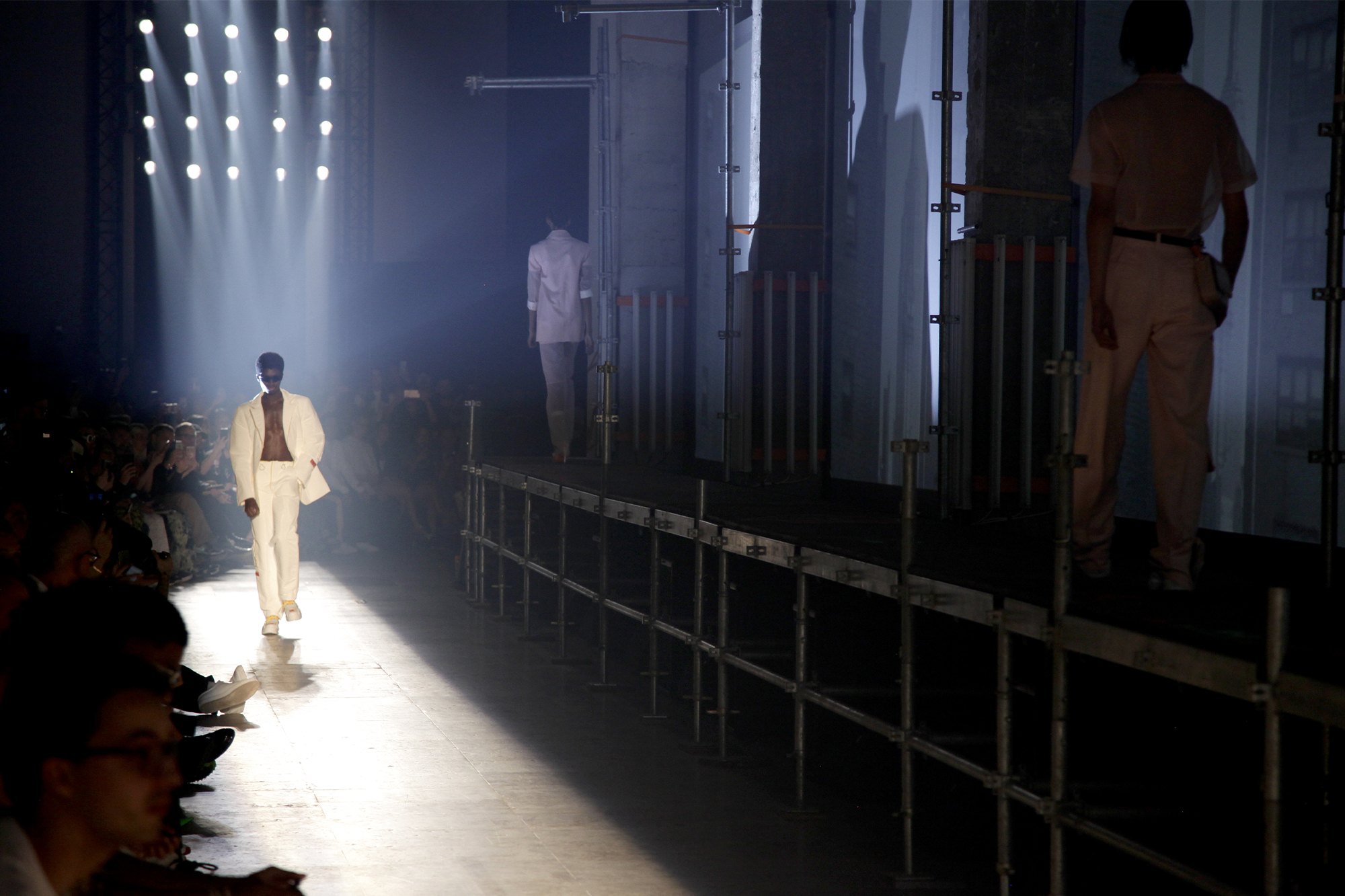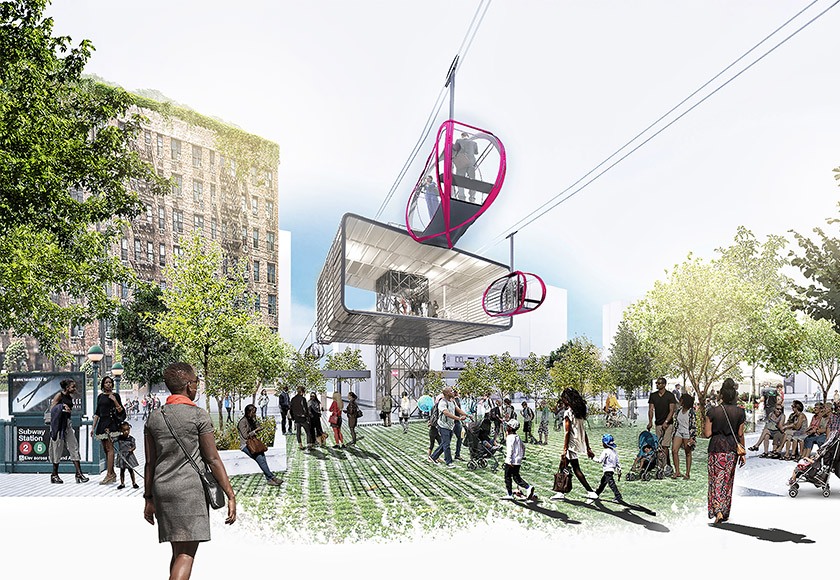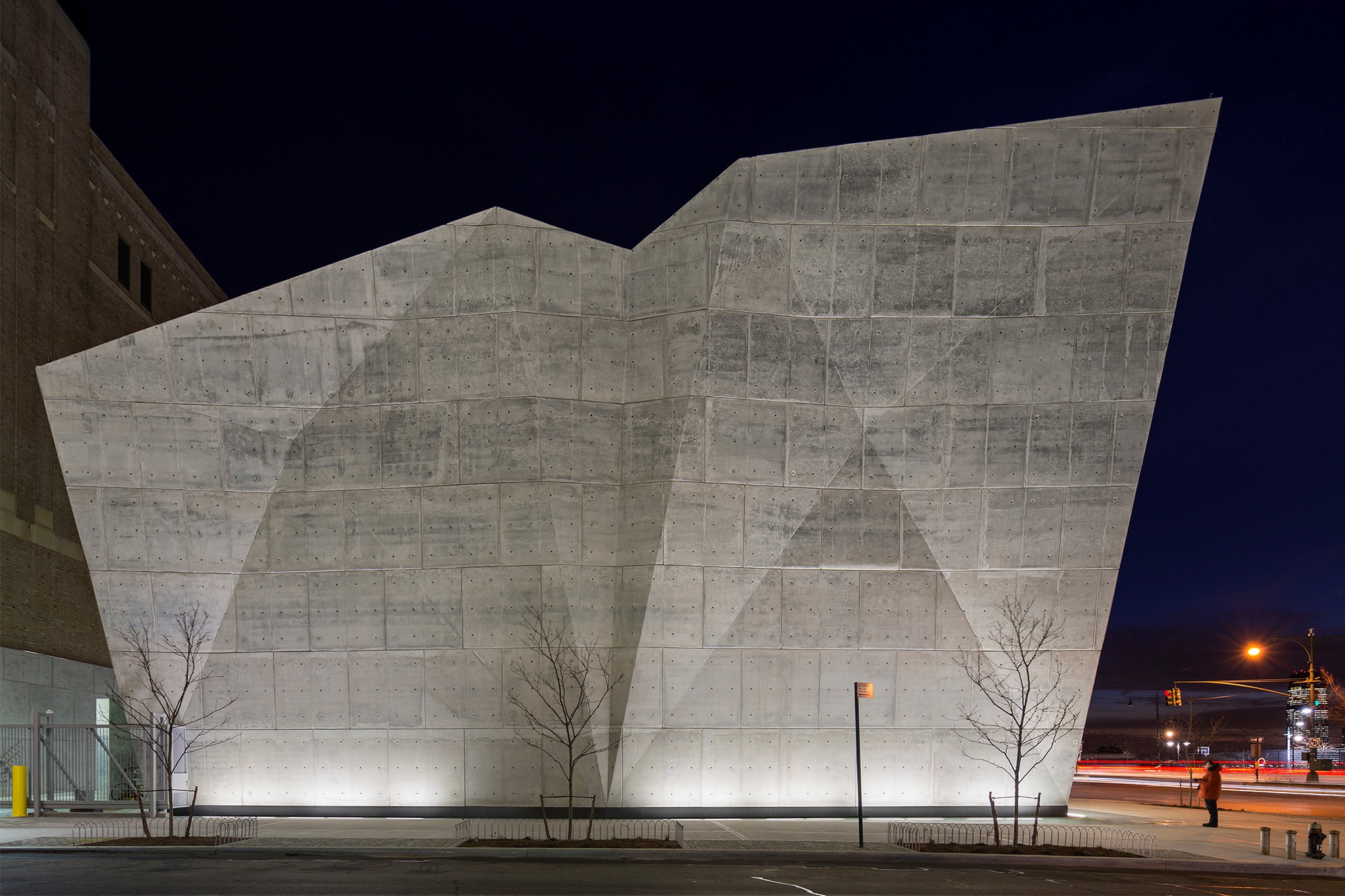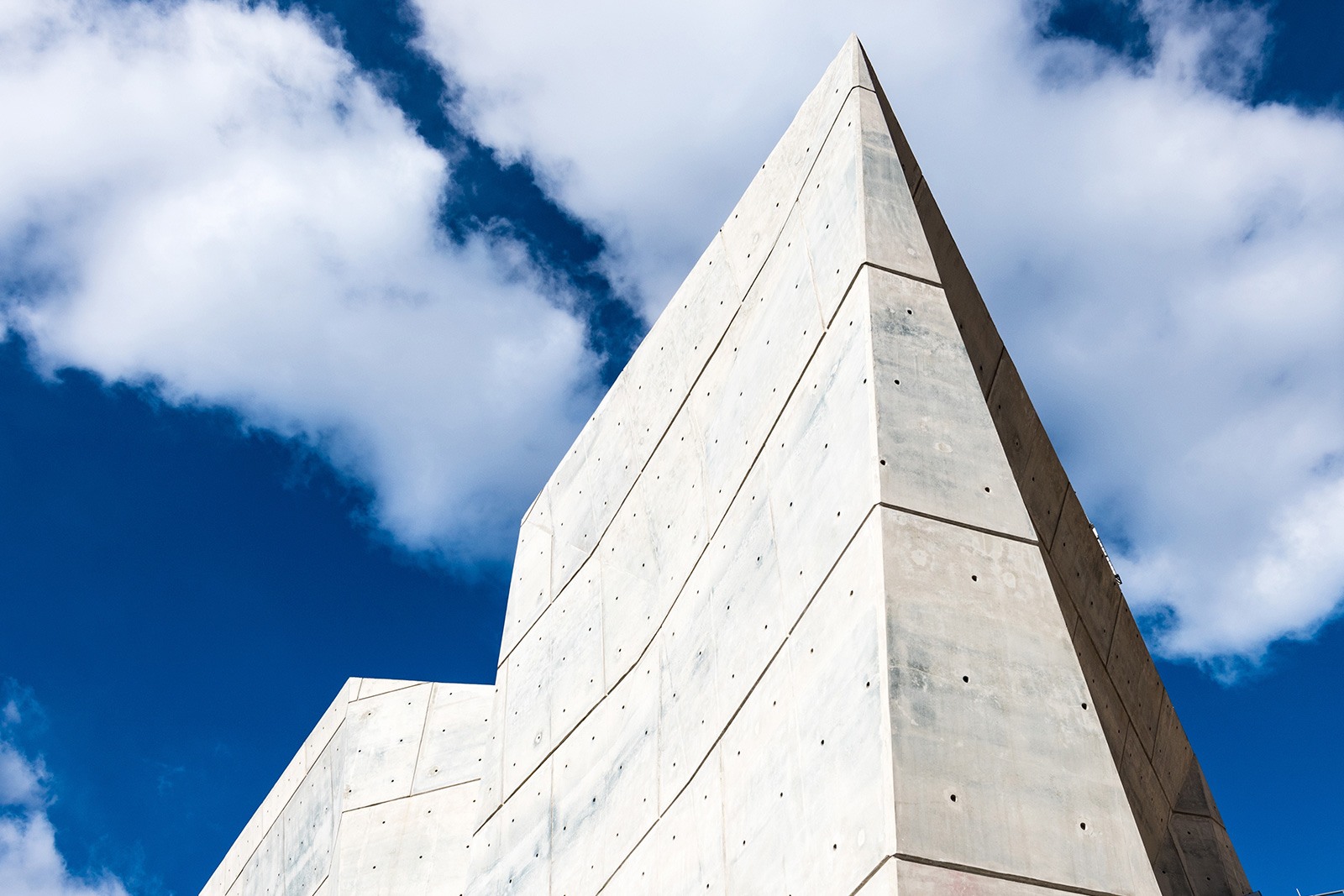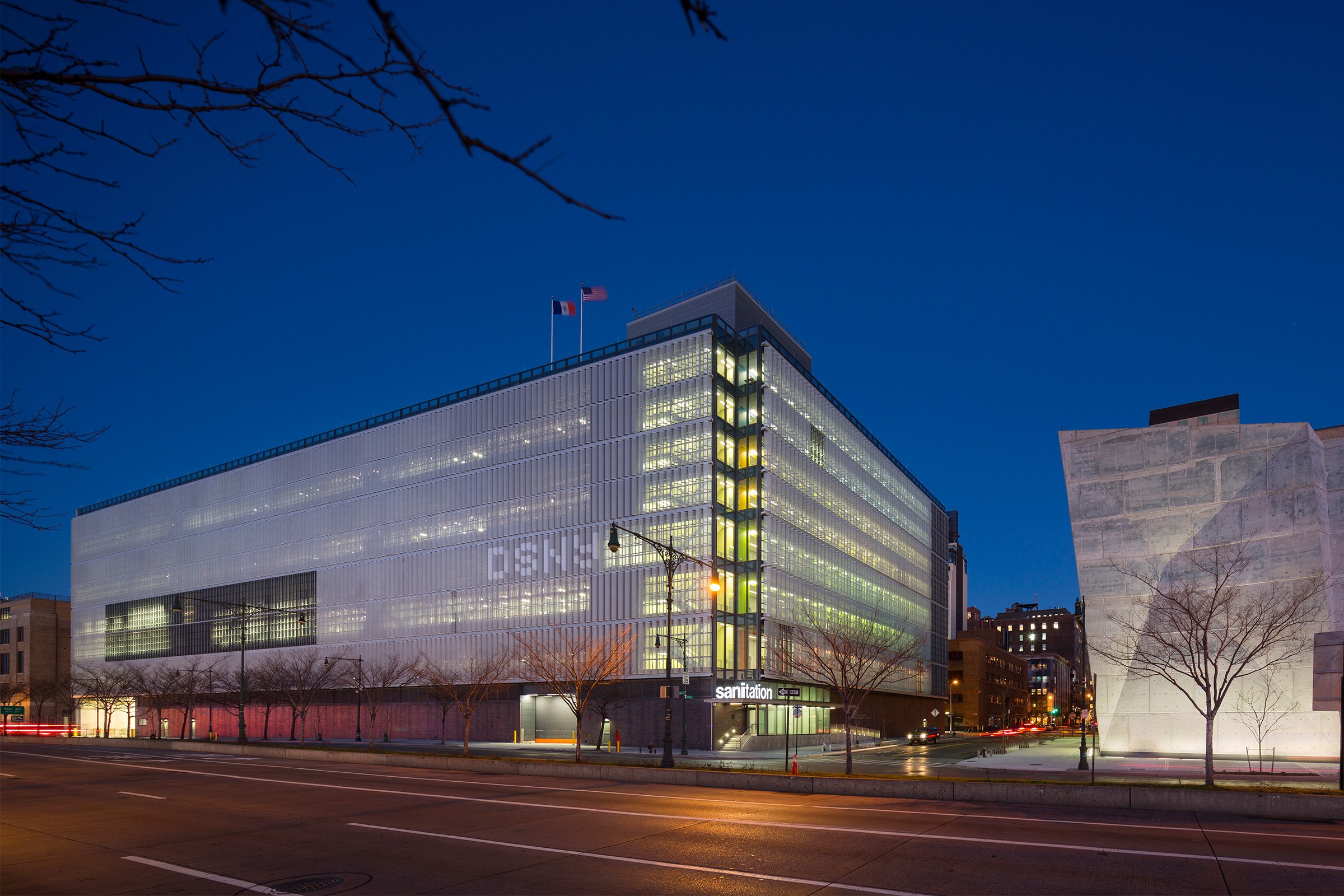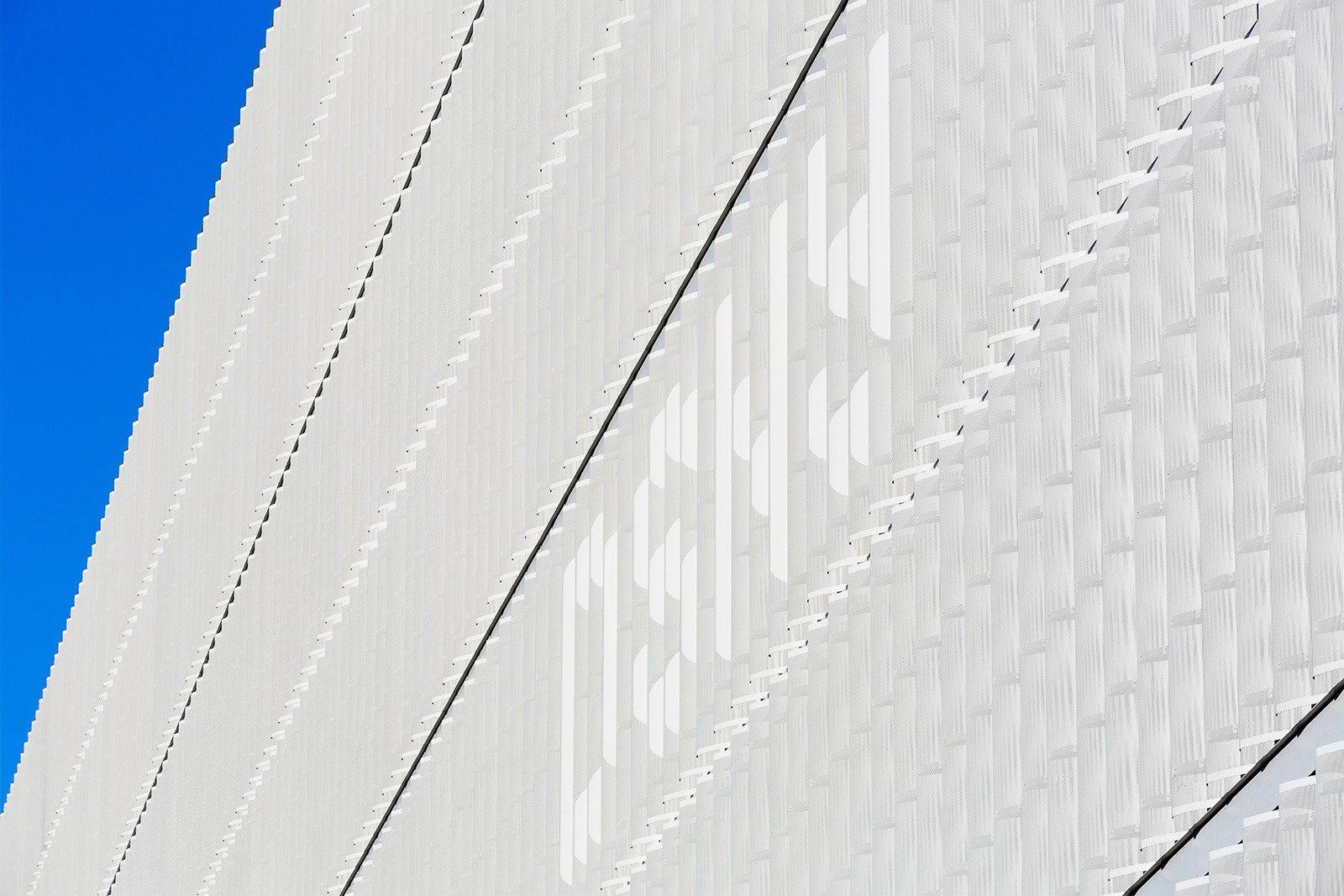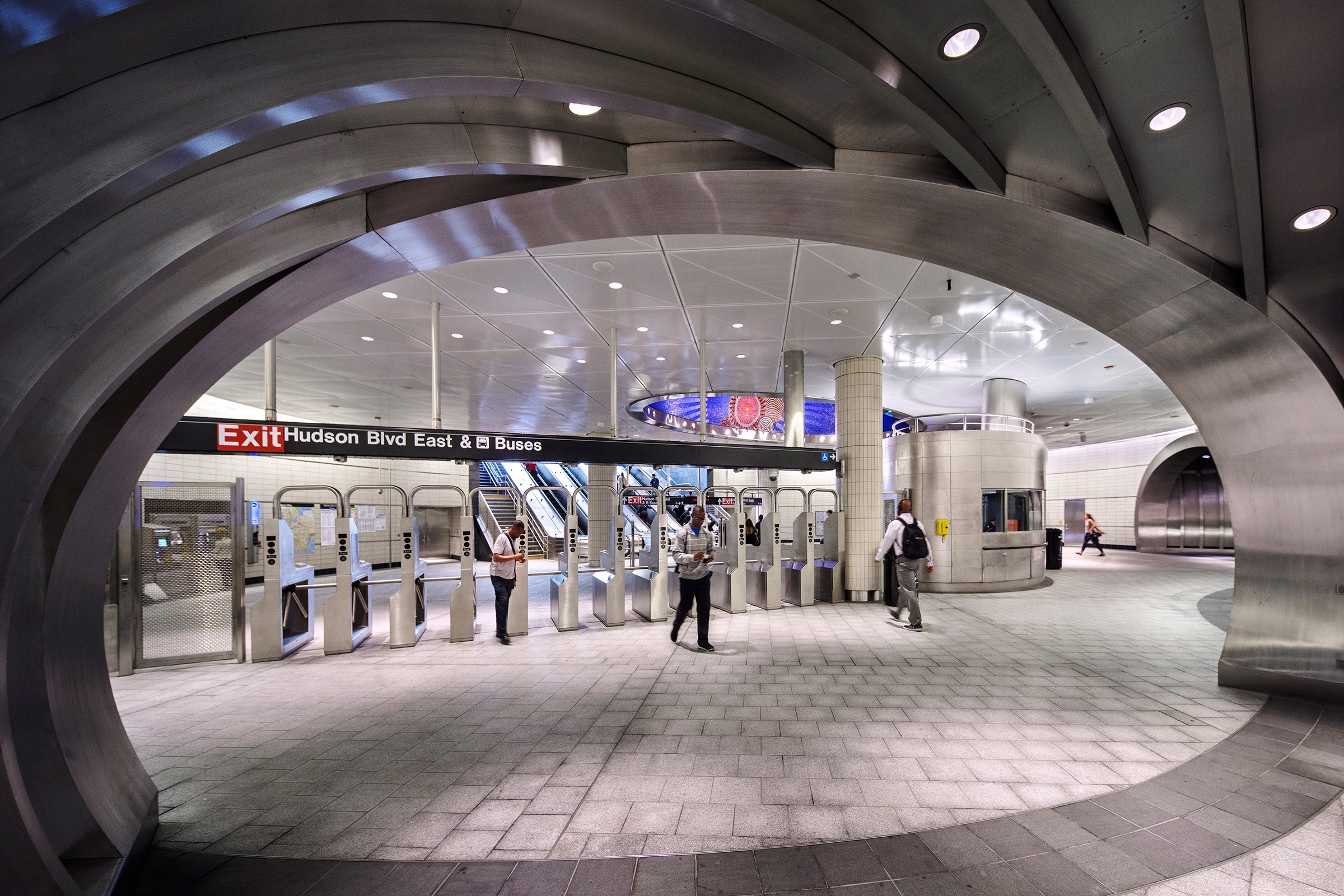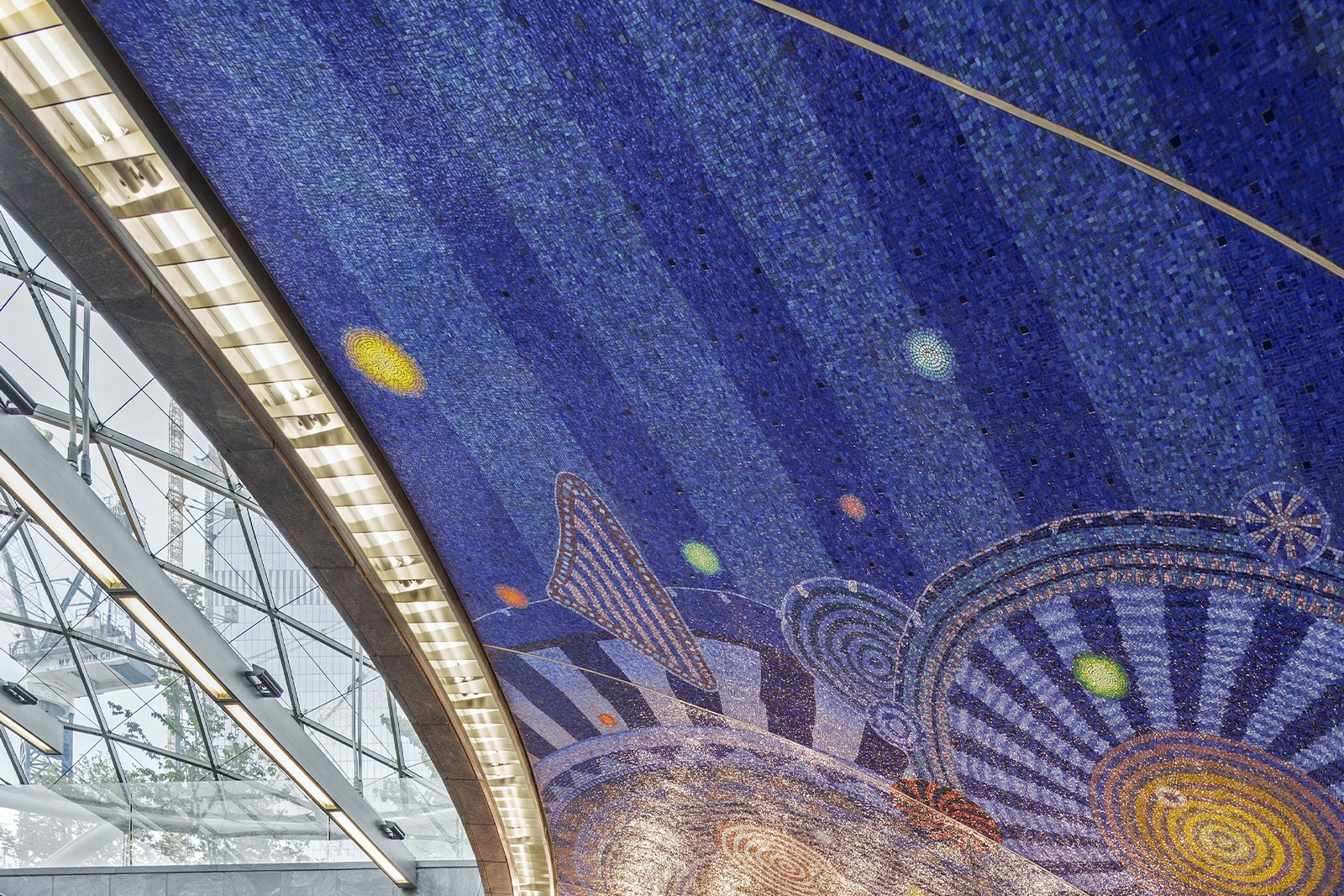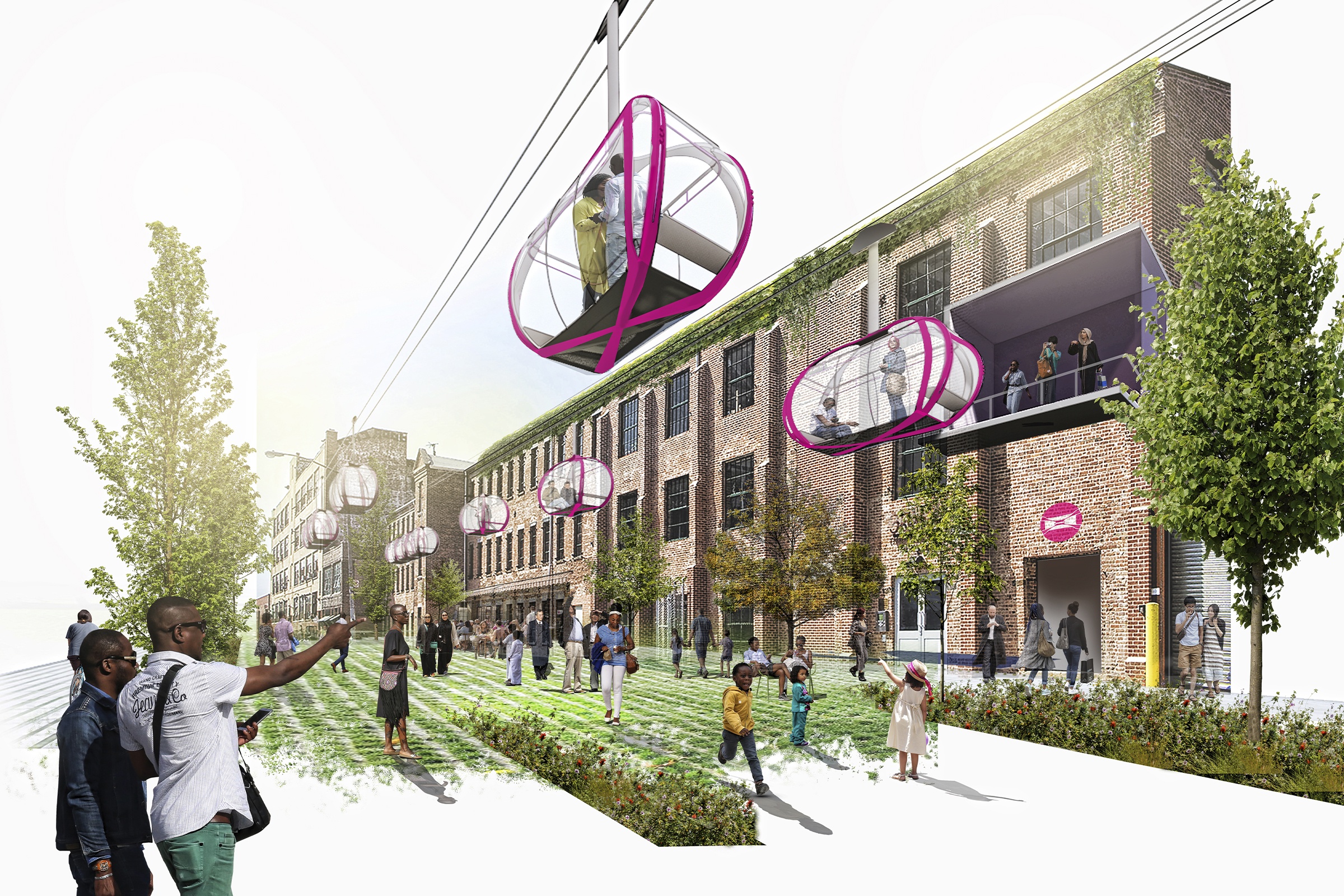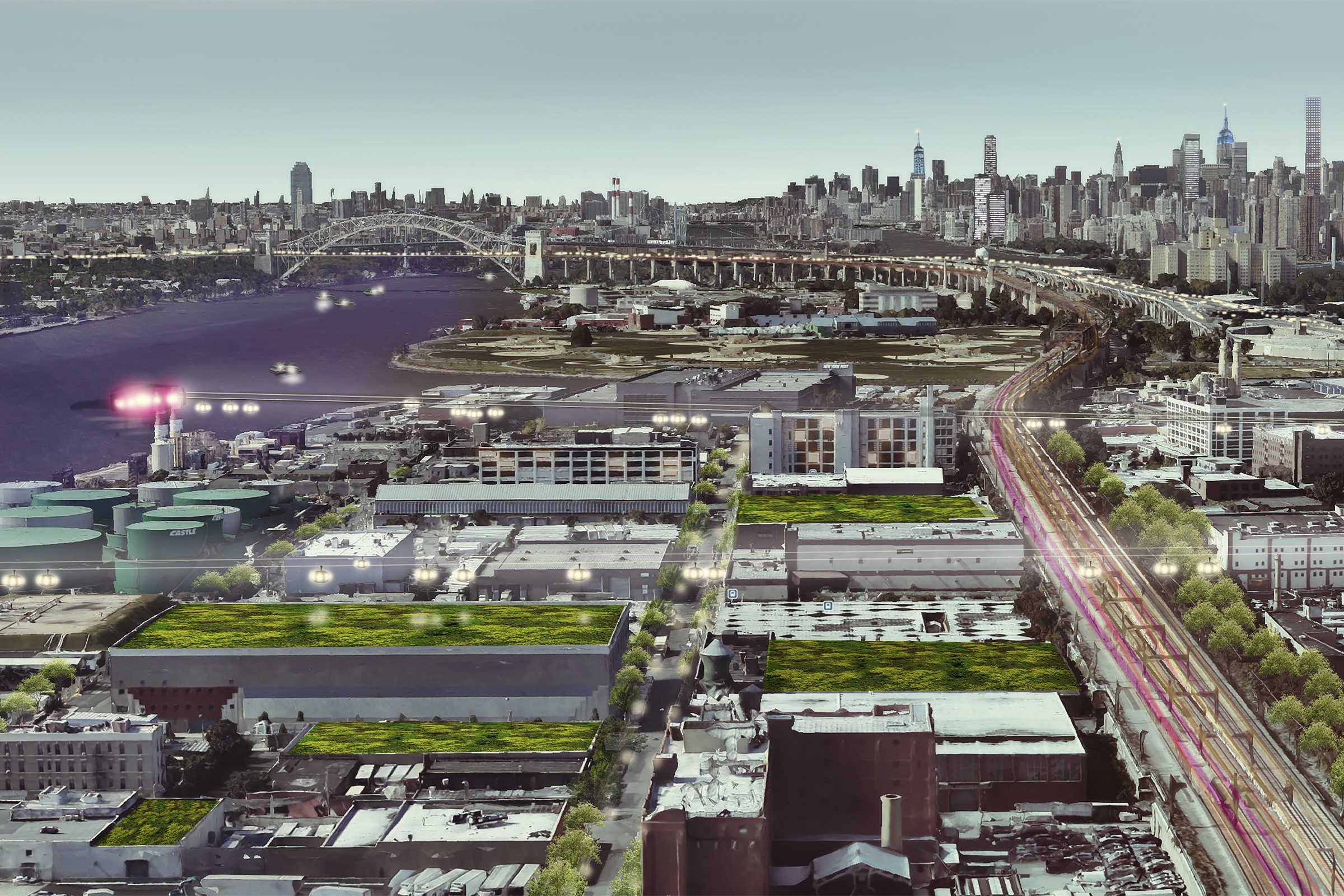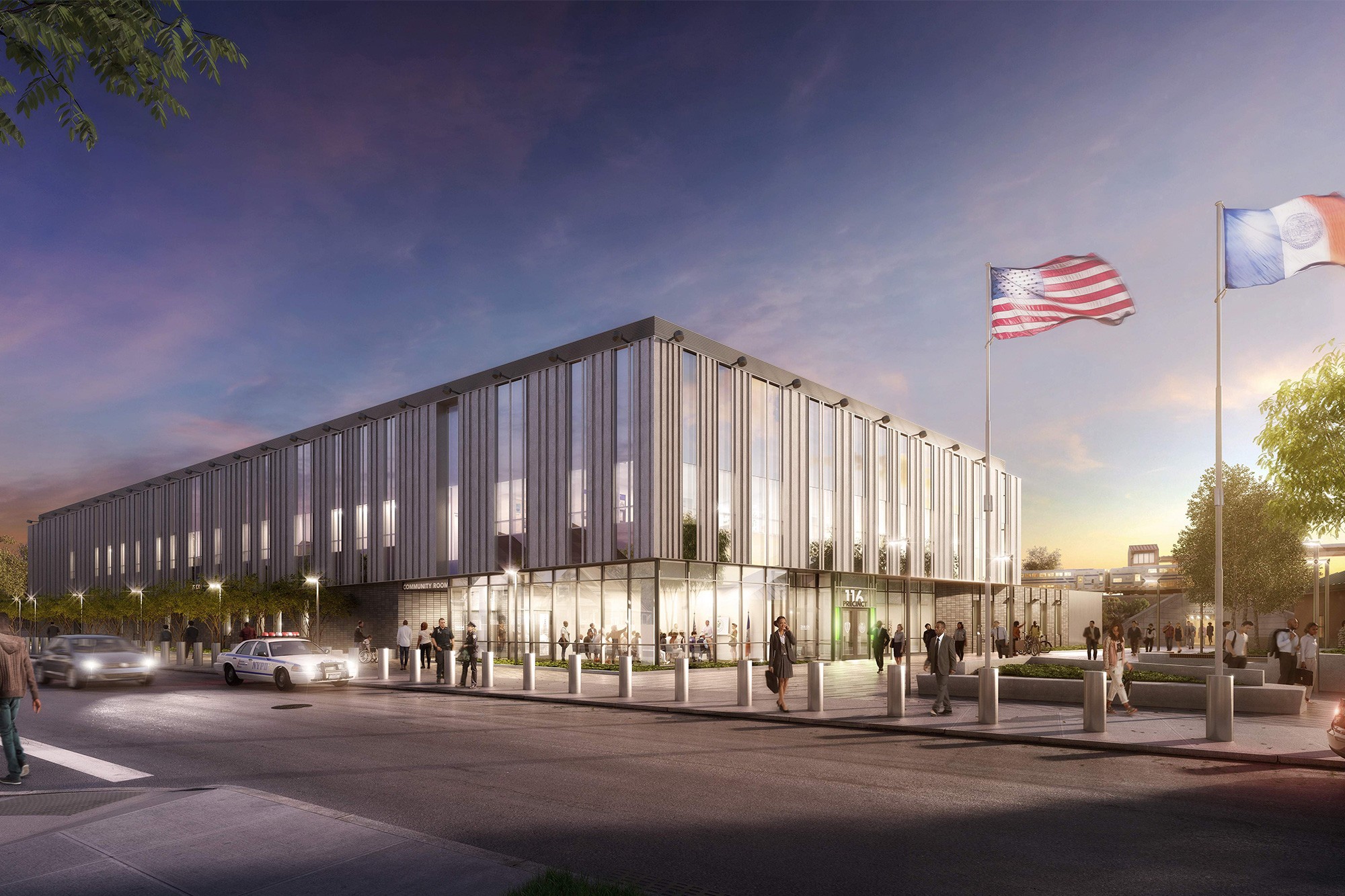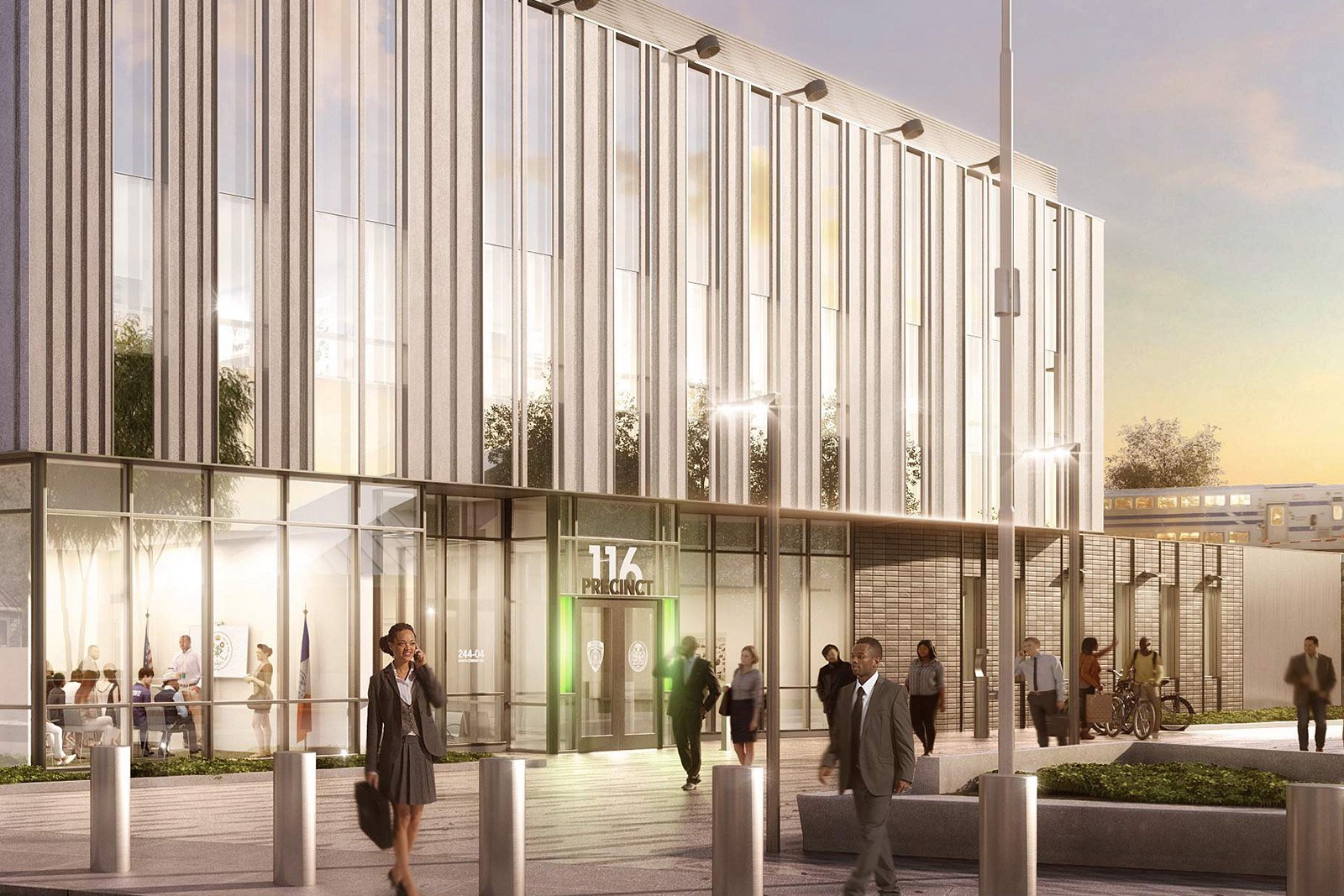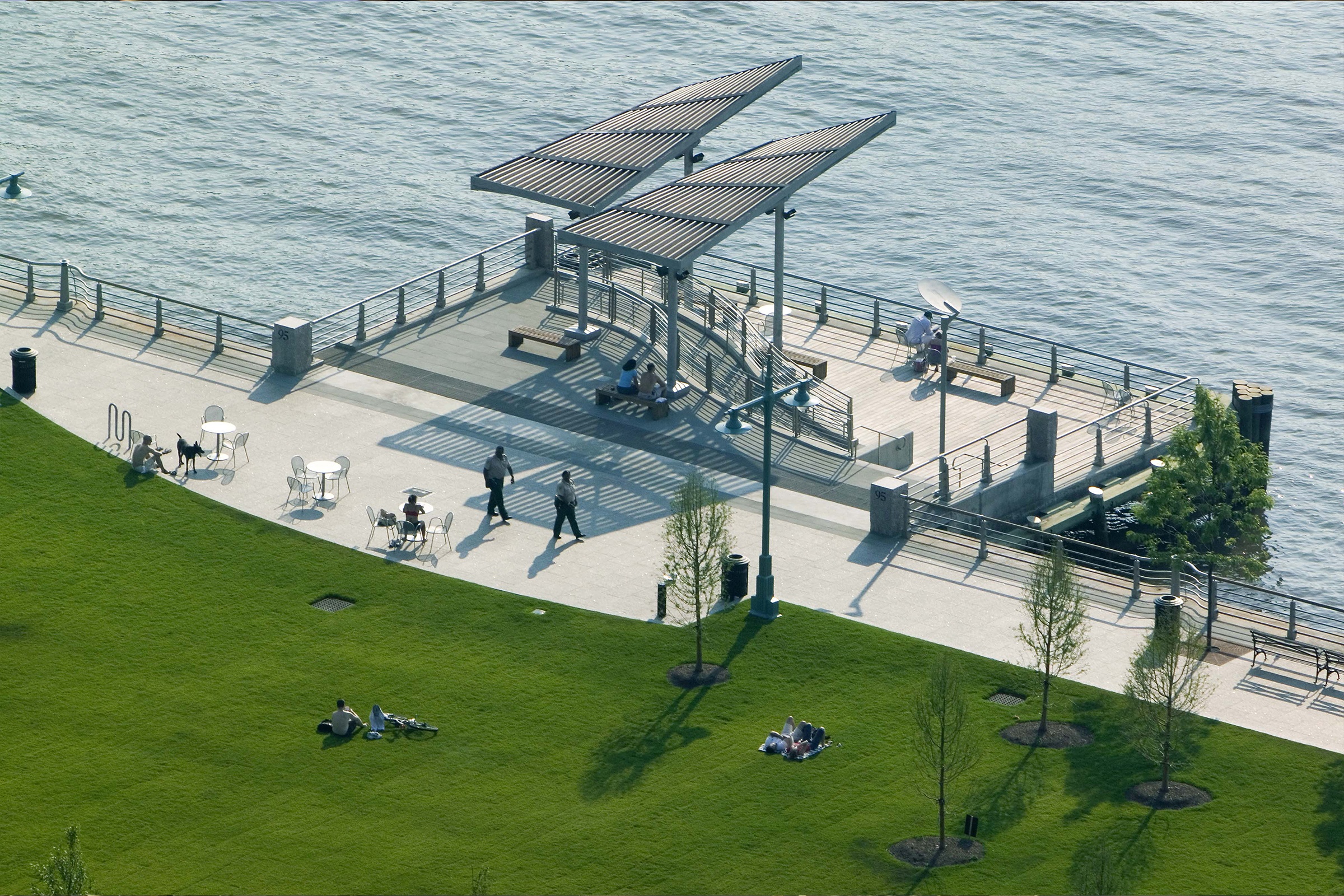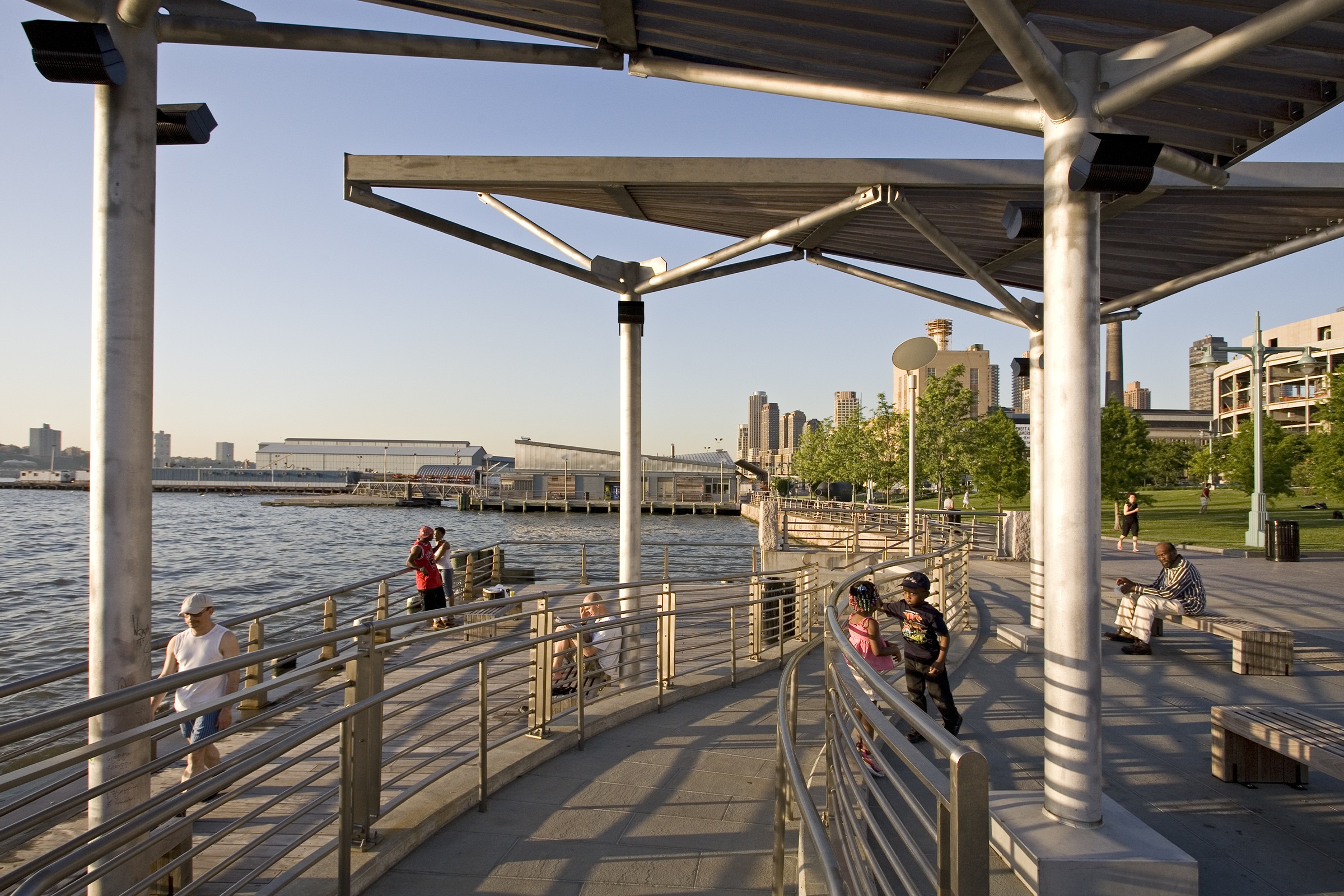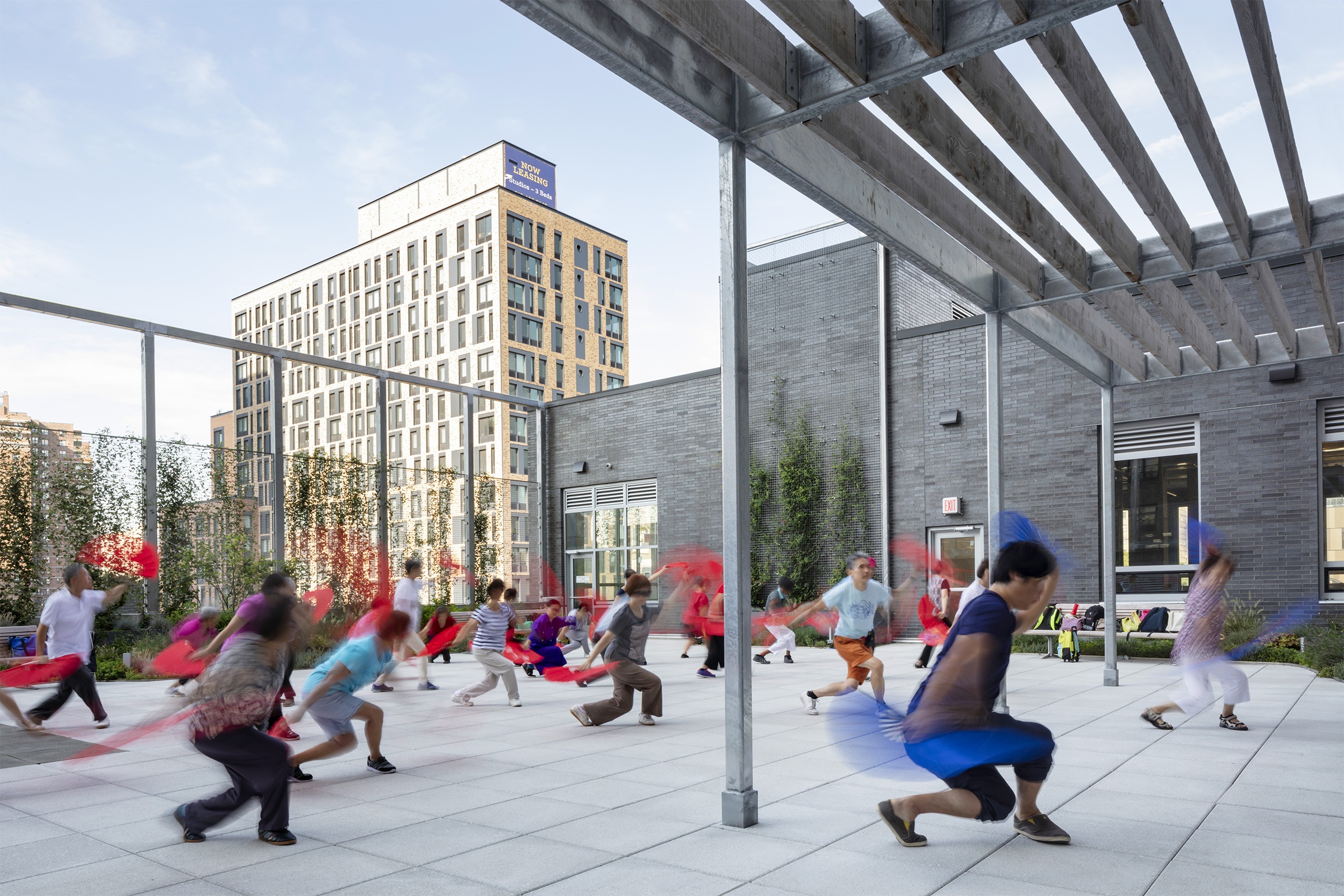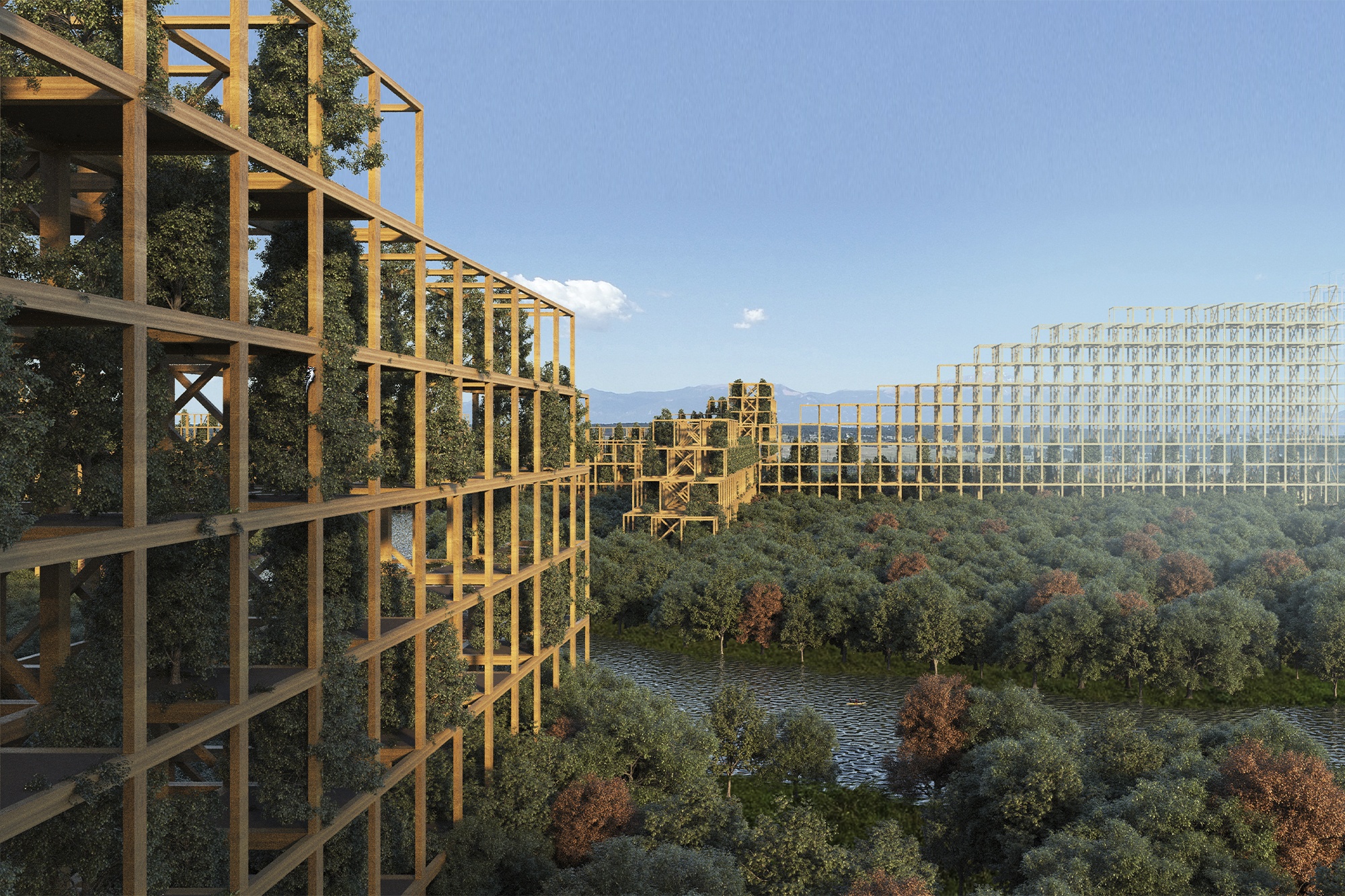Largely unseen, and often unappreciated, essential architecture is the vital infrastructure that supports urban life. The provision of clean water, the collection and disposal of waste, the cleaning of streets, the maintenance of the power grid—are critical functions we can’t live without. More visible, but equally important, are the transit facilities, repair shops, fire and police stations that house the essential workers that keep the city moving and safe.
Dattner Architects has designed a wide variety of award-winning Essential Architecture projects. We are proud to create work that demonstrates how modern infrastructure facilities can be functional, aesthetically ambitious, and integrated into the fabric of the communities they serve.
Largely unseen, and often unappreciated, essential architecture is the vital infrastructure that supports urban life. The provision of clean water, the collection and disposal of waste, the cleaning of streets, the maintenance of the power grid—are critical functions we can’t live without. More visible, but equally important, are the transit facilities, repair shops, fire and police stations that house the essential workers that keep the city moving and safe.
Dattner Architects has designed a wide variety of award-winning Essential Architecture projects. We are proud to create work that demonstrates how modern infrastructure facilities can be functional, aesthetically ambitious, and integrated into the fabric of the communities they serve.
